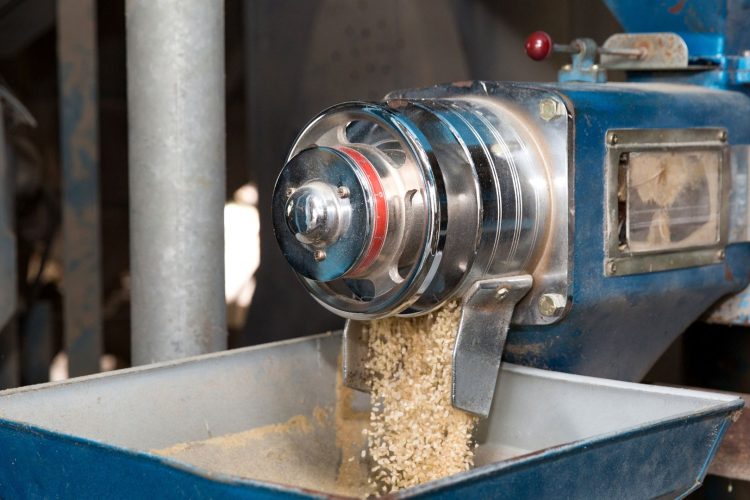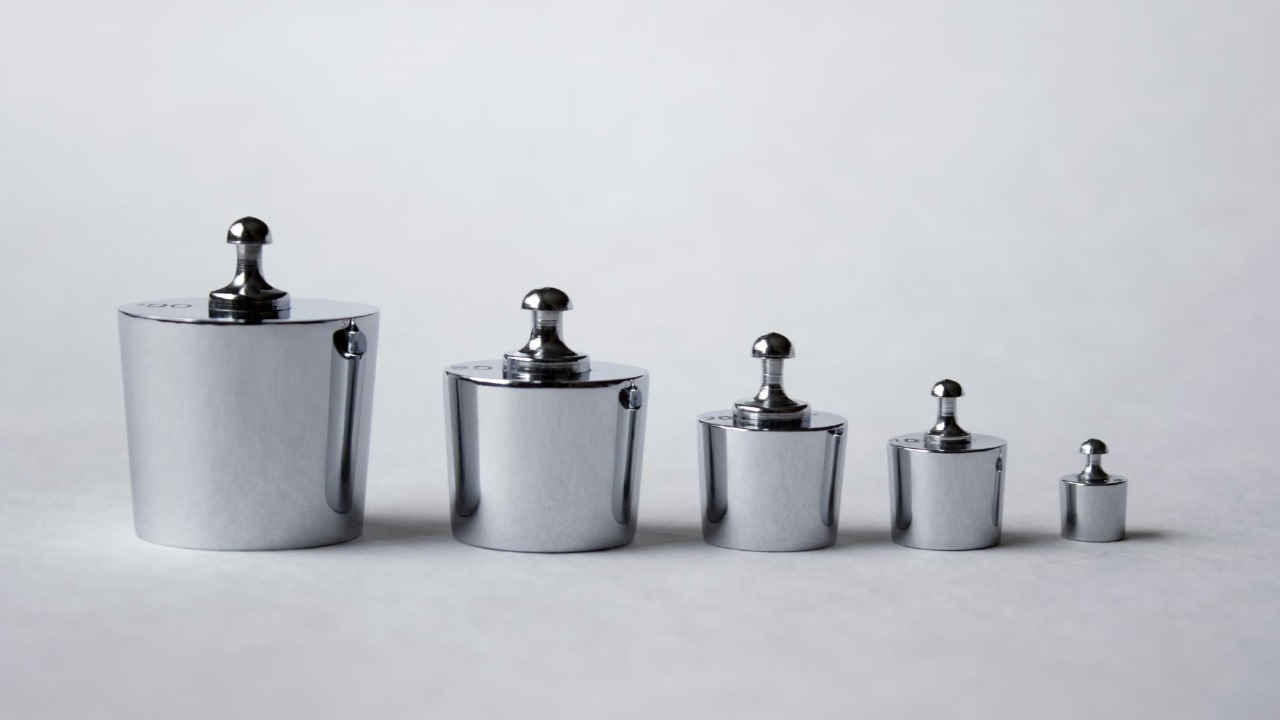
REGULATORY
Fortified Rice & Fortified Rice Machine Standards and Specifications
admin
1:18 pm - January 9, 2024
BIS Certification: Fortified Rice & Fortified Rice Machine Standards and Specifications
Government of India is running several social security initiatives like the Public Distribution System
(PDS), Integrated Child Development Services (ICDS), and National Program of Mid-Day Meal in
Schools (MDMS) to encourage the consumption of fortified rice to eradicate micronutrient
deficiencies in the country. Important micronutrients like iron, folic acid, and vitamin B12 are added
to milled rice through the process of fortification. Extrusion technology is primarily used in India to
fortify rice. Prior to being extruded, milled rice is first ground up and combined with vitamin and
mineral premix. Then, using extruder machines, fortified rice kernels (FRK) are created from this
mixture. These kernels, which resemble rice grains are then combined with regular rice to produce
fortified rice.
In this regard, Bureau of Indian Standards (BIS) has developed Indian Standards for fortified rice and for equipment used in the manufacture of fortified rice to ensure and assure that the quality of the fortified rice is not compromised. BIS with support of Food Corporation of India (FCI) has published Indian Standards (IS) 17780:2021- Fortified Rice Specification and IS 17854:2022- Equipment for manufacture of Fortified Rice with regard to this.
In this regard, Bureau of Indian Standards (BIS) has developed Indian Standards for fortified rice and for equipment used in the manufacture of fortified rice to ensure and assure that the quality of the fortified rice is not compromised. BIS with support of Food Corporation of India (FCI) has published Indian Standards (IS) 17780:2021- Fortified Rice Specification and IS 17854:2022- Equipment for manufacture of Fortified Rice with regard to this.
Food Corporation of India (FCI)- Guidelines for Fortified Rice & Fortified Rice Machine Manufacturer:
To address malnutrition, anaemia and micronutrient deficiencies, the Department of Food and
Public Distribution ensure that,"Rice Fortification" is implemented successfully.
A Standard Operating Procedure (SOP) was issued by the FCI on 23.03.2022 in order to assure the efficient implementation of the entire rice fortification programme and to maintain the desired quality standards within the domestic supply chain.
FCI had made it mandatory for fortified rice machine manufacturers to switch over from non-BIS to BIS certified machinery within a period of 1 year from the date of such notification under IS 17854:2022.
FCI has specified qualitative and quantitative testing requirements set for quality standards of fortified rice.
1. Qualitative testing:
During the production of fortified rice, quality checks should be done through blending efficiency counts conducted on hourly basis and the miller should maintain proper record.
2. Quantitative testing:
Rice millers should maintain batch wise record of FRK procurement and its usage for rice fortification as per Certificate of Analysis (CoA) obtained from the Fortified Rice Kernel manufacturers.
The State Procurement Agency has the authority to take a random sample of the fortified rice produced by mills and submit it for analysis at any FSSAI-approved NABL-accredited lab. In order to maintain the quality management system, rice millers should also make provisions for internal audits every six months and external audits every year.
Every manufacturer of fortified rice and machine must comply with the FCI requirement of mandatory BIS certification and get their products and machinery BIS certified.
A Standard Operating Procedure (SOP) was issued by the FCI on 23.03.2022 in order to assure the efficient implementation of the entire rice fortification programme and to maintain the desired quality standards within the domestic supply chain.
FCI had made it mandatory for fortified rice machine manufacturers to switch over from non-BIS to BIS certified machinery within a period of 1 year from the date of such notification under IS 17854:2022.
FCI has specified qualitative and quantitative testing requirements set for quality standards of fortified rice.
1. Qualitative testing:
During the production of fortified rice, quality checks should be done through blending efficiency counts conducted on hourly basis and the miller should maintain proper record.
2. Quantitative testing:
Rice millers should maintain batch wise record of FRK procurement and its usage for rice fortification as per Certificate of Analysis (CoA) obtained from the Fortified Rice Kernel manufacturers.
The State Procurement Agency has the authority to take a random sample of the fortified rice produced by mills and submit it for analysis at any FSSAI-approved NABL-accredited lab. In order to maintain the quality management system, rice millers should also make provisions for internal audits every six months and external audits every year.
Every manufacturer of fortified rice and machine must comply with the FCI requirement of mandatory BIS certification and get their products and machinery BIS certified.
Food Safety & Standards Authority of India (FSSAI) Standards for Fortified Rice:
Standard operating procedures (SoP) for Fortified Rice Manufacturers have been developed by
FSSAI, and these should be followed as well. The rice millers should have a valid milling license and a
valid license for processing of fortified rice under food category 6.0 of Indian Food Categorization
System (FSSAI Act, 2006). The rice millers should have Automatic Blending Machine having the
standards prescribed by BIS under IS 17854: 2022 to ensure accurate blending at a ratio of 1:100.
Millers should get +F logo endorsed from FSSAI. The +F logo in blue must be present on each bag of fortified rice that is offered for purchase by the purchasing agencies.
Millers should get +F logo endorsed from FSSAI. The +F logo in blue must be present on each bag of fortified rice that is offered for purchase by the purchasing agencies.
IS 17780- Fortified Rice Specifications:
The specifications and procedures for sampling and testing for fortified rice are outlined under IS
17780. The Indian Standard includes information on the physio chemical properties, micronutrient
content, packaging, and testing standards for fortified rice. Fortified rice must be a blend of polished
raw or parboiled rice and fortified rice kernels in two different blending ratios of 1:100 or 2:100, with
a tolerance of not more than 10% of the declared ratio.
Fortified rice must be free of any additional colouring matter, foreign objects, metal fragments, mold, weevils, unpleasant substances, discoloration, poisonous seeds, rodent hair, excreta, and other impurities. The Food Safety and Standards (Contaminants, Toxins and Residues) Regulations, 2011, specify that the amount of pesticide/insecticide residues, toxic metals, naturally occurring toxic substances, and other contaminants (if any) in fortified rice must not exceed the limit. Fortified rice shall be manufactured in premises built and maintained under hygienic conditions following Good Manufacturing Practices (GMP) and Good Hygienic Practices (GHP) protocols for blending fortified rice kernels with fortified rice.
The standard specifies the level of fortification requirements for the mandatory fortificants i.e. Iron, folic acid and vitamin B12 and optional fortificants i.e. Zinc, vitamin A, B1, B2, B3, and B6.
Fortified rice must be free of any additional colouring matter, foreign objects, metal fragments, mold, weevils, unpleasant substances, discoloration, poisonous seeds, rodent hair, excreta, and other impurities. The Food Safety and Standards (Contaminants, Toxins and Residues) Regulations, 2011, specify that the amount of pesticide/insecticide residues, toxic metals, naturally occurring toxic substances, and other contaminants (if any) in fortified rice must not exceed the limit. Fortified rice shall be manufactured in premises built and maintained under hygienic conditions following Good Manufacturing Practices (GMP) and Good Hygienic Practices (GHP) protocols for blending fortified rice kernels with fortified rice.
The standard specifies the level of fortification requirements for the mandatory fortificants i.e. Iron, folic acid and vitamin B12 and optional fortificants i.e. Zinc, vitamin A, B1, B2, B3, and B6.
IS 17854- Equipment for Manufacture of Fortified Rice:
IS 17854 prescribes the requirements of blending unit and its types used for manufacture of fortified
rice. Blending is the uniform mixing of one material with other in a certain ratio such that after
mixing, the output is homogenous in nature. The output of FRK and Rice shall be in a ratio of 1:100
or 2:100 with a tolerance limit of ± 10 of the declared ratio.
Blending unit shall be batch or continuous type depending upon the capacity and requirement.
Blender may be continuous screw or ribbon blender, drum blender, continuous drum blender, paddle blender and octagonal blender. BIS license under IS 17854 can be applied for any type of blender as per the requirement.
The blending unit must have an agitator capable of mixing ingredients evenly. Both FRK and raw rice shouldn't be damaged by the agitator. Stainless steel used to make hoppers, lids, paddles, containers, and agitators must be ISI-marked in accordance with IS 6911 and stainless steel used to make screws and ribbons must be ISI-marked in accordance with IS 7283.
The blending unit shall have control system for FRK feeding, rice feeding, and mixer with LCD or LED, or HMI screen to control process parameters. The output of blending unit shall be free from metal or other foreign impurities and produce FR as per IS 17780.
The type of blender that will be covered in the scope of licence must be declared by the machine manufacturer. For the purpose of grant of licence or including the type of blender, a sample of each type of blender must undergo factory testing. The manufacturer of the fortified rice equipment must ensure that the machinery complies with the construction and performance specifications stated in the standard and that the entity has all necessary manufacturing and testing facilities in order to obtain a BIS licence.
Blending unit shall be batch or continuous type depending upon the capacity and requirement.
Blender may be continuous screw or ribbon blender, drum blender, continuous drum blender, paddle blender and octagonal blender. BIS license under IS 17854 can be applied for any type of blender as per the requirement.
The blending unit must have an agitator capable of mixing ingredients evenly. Both FRK and raw rice shouldn't be damaged by the agitator. Stainless steel used to make hoppers, lids, paddles, containers, and agitators must be ISI-marked in accordance with IS 6911 and stainless steel used to make screws and ribbons must be ISI-marked in accordance with IS 7283.
The blending unit shall have control system for FRK feeding, rice feeding, and mixer with LCD or LED, or HMI screen to control process parameters. The output of blending unit shall be free from metal or other foreign impurities and produce FR as per IS 17780.
The type of blender that will be covered in the scope of licence must be declared by the machine manufacturer. For the purpose of grant of licence or including the type of blender, a sample of each type of blender must undergo factory testing. The manufacturer of the fortified rice equipment must ensure that the machinery complies with the construction and performance specifications stated in the standard and that the entity has all necessary manufacturing and testing facilities in order to obtain a BIS licence.
Conclusion:
All millers of fortified rice and manufacturers of fortified rice machineries are mandatorily required
to obtain BIS Certification.
The content of this article is intended to provide a general guide to the subject matter. Specialistadvice should be sought about your specific circumstances.
Popular Post
1

2

3




0 Comments